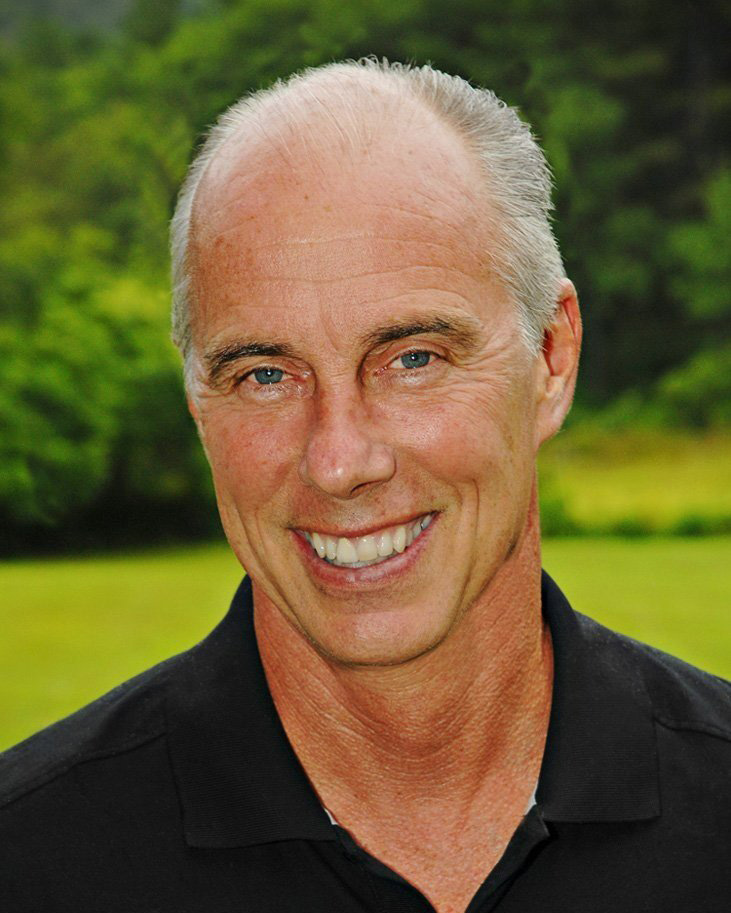Human Locomotion
About Us
About Dr. Michaud
Since graduating from Western States Chiropractic College in the early 80s, Dr. Tom Michaud has published numerous book chapters and over 50 journal articles on subjects ranging from biomechanics of the first ray, to the pathomechanics of vertebral artery dissections. He has also served on the editorial review board of several chiropractic and podiatric journals.
In the early nineties, Williams and Wilkins published Dr. Michaud’s first textbook, Foot Orthoses and Other Forms of Conservative Foot Care, which was eventually translated into four languages. His next book, Human Locomotion: The Conservative Management of Gait-Related Disorders, which was published in 2012, is used in physical therapy, chiropractic, pedorthic, and podiatry schools around the world. In addition to technical books, Tom also published a book for recreational runners: Injury-Free Running: How to Build Strength, Improve Form, and Treat/Prevent Injuries, now in its second edition.
During his 40 years of clinical practice, Dr. Michaud designed and patented numerous diagnostic tools and exercise products to help with the evaluation and treatment of a wide range of sports injuries. Since his recent retirement from clinical practice, Tom is devoting his time to researching, writing, and designing new products in order to develop evidence-based evaluation and treatment protocols that can assist in not just the prevention of sports injuries, but also in ways to stay fit as we age.

Real People. Real Results
“I started using the ToePro about two years ago at the recommendation of my chiropractor, John Ball. When I first started using the device, I could feel it target very specific muscles in my arches and legs, and knew it was going to be helpful. I highly recommend this device, not just for improving running performance, but also for preventing injuries.“
“Simplistic genius! The ToePro is incredibly easy to use and my athletes love it. I’m always surprised how many high-level athletes present with toe weakness, and how much they improve after using the ToePro. I wish I started using it sooner!“
RESEARCH
Monthly Research Articles
Interesting Articles
Chang, Yi‐Chieh, et al. The effects of a preconditioning vibration rolling warm‐up on multidirectional repeated sprinting‐induced muscle damage. European Journal of Sport Science 24.1 (2024): 36-44.
Athletes have been using foam rollers to warm up before exercising for the past 20 years, and recently, foam rollers that vibrate at specific frequencies are being used to relax muscles and potentially improve performance (Fig. 1). While prior research shows that...
Kinoshita M, et al. Triceps surae muscle hypertrophy is greater after standing versus seated calf-raise training. Frontiers in Physiology 14 (2023): 1272106.
This interesting paper evaluated the best ways to produce hypertrophy in the gastrocnemius and soleus muscles. The authors emphasize that these important muscles are notoriously unresponsive to strength training and they list several studies showing that while the...
Domroes, T. et al. 2024. Personalized tendon loading reduces muscle‐tendon imbalances in male adolescent elite athletes. Scandinavian Journal of Medicine & Science in Sports, 34(1).
It’s been over 25 years since Alfredson et al. developed the heavy load eccentric protocol for managing Achilles tendinopathy and despite its continued popularity, outcomes with this protocol have never been that good. In fact, nearly 60% of people who perform this...
Pasapula C, Solomou G, Al-Sukaini A, Liew I, Goetz J, Cutts S. Evaluation of first ray instability using the double dorsiflexion test: A prospective observational case-controlled study. The Foot. 2023 Sep 1;56:102019.
Hypermobility of the first ray has been correlated with a wide range of forefoot conditions, including hallux abductovalgus and second metatarsal head capsulitis. Because hypermobility of the first ray undermines the stability of the entire foot, especially during the...
